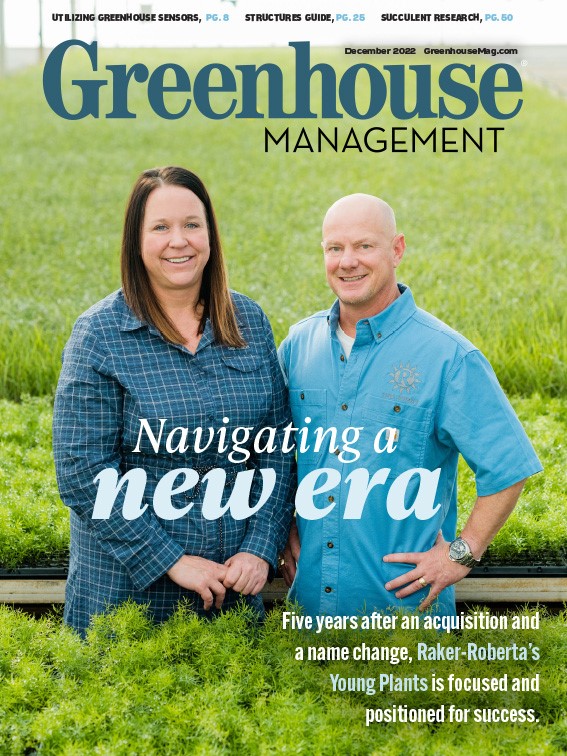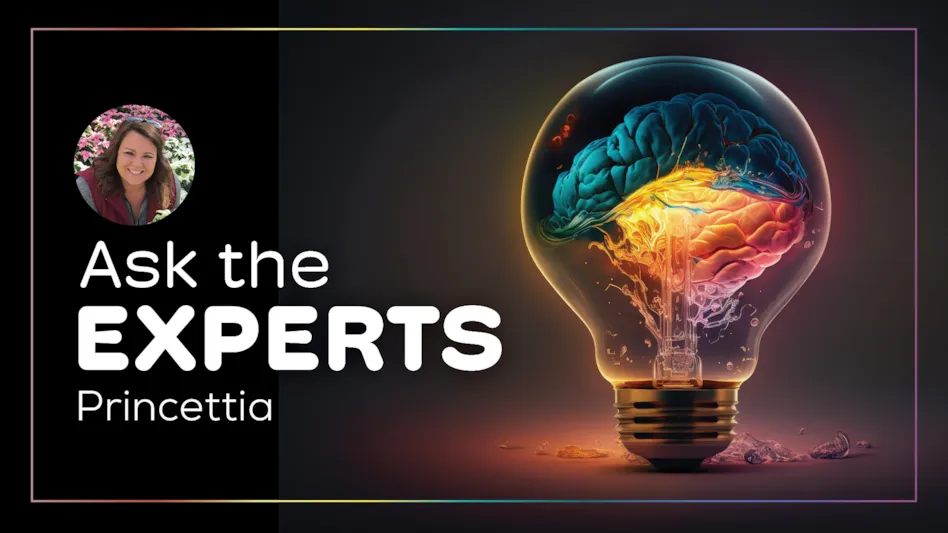
People love their pollinators, and what once was viewed as a trend is now solidified in the gardening world. Consumers have certain preferences on how they perceive pollinator friendly plants. To make sure you’re marketing plants for pollinators in the best way, we asked Alicia Rihn, professor of ag and resource economics at the University of Tennessee, Knoxville, to share some results from consumer preference research.
When it comes to gardening and plants, consumers often acknowledge how much they care about the state of pollinators.
Rihn pointed to research that discovered plants marketed as being grown with “bee-friendly” production methods were of great value to consumers and increased their likelihood to buy. For plants destined to be used in the landscape, those marketed with the verbiage “bee-friendly” and ones produced at the grower level with “use of beneficial insects” equaled greater economic value to those consumers. Tell your production story when it aligns with benefits to pollinators.
However, consumers were not swayed by labels claiming to be “neonicotinoid-free.” Perhaps that’s because some 76% of those surveyed had not heard of neonicotinoids. But of the group who had heard of them, most were younger, male and more educated.
Gardeners are eager to help the bees and other pollinators. Some 69% of respondents said they want to purchase plants that benefit pollinators.

Don’t be disingenuous with your marketing message. Rihn says to start with what is meaningful to your company and your brand to include on point-of-sale material.
“Consumers are constantly seeking knowledge, and this type of information can be key for retailers and growers to differentiate their goods,” she says.
And proper POS material is critical since in the absence of plant information, consumers may make purchases based on their own knowledge base, which may not be accurate.
“This information goes a long way in helping them be successful and remain engaged in the market,” she says. “Just make sure what is communicated is clear.”
Consumer preference for pollinator verbiage includes “pollinator friendly;” “pollinator safe;” and “plants for pollinators.”

When it comes to consumer actions to aid pollinators, 50% reported they’ll primarily buy flowering plants; 46% said they’ll decrease pesticide use; 38% plan to source plants locally; 35% said they’ll primarily buy native plants; and 26% plan to primarily buy plants labeled as “helpful to pollinators.”
The top five plant characteristics that consumers perceive as aiding pollinators include: pollen producing, produces flowers, nectar producing, bright-colored flowers and pesticide free, she says.
When asked if a plant labeled pollinator friendly would change their purchasing preferences, 25% said very likely, 50% said likely, 18.5% were undecided and almost 7% said unlikely or very unlikely.
At the retail level, the preferred in-story promotion formats are (in order of preference): individual plant tags, labels on containers, plants sorted/merchandised as pollinator friendly, printed material, mobile app and QR code.
Consumers want to know if a plant benefits pollinators once they get it home, and they’re interested in how growers produced it. Explain your story and the plants’ benefits clearly and genuinely to keep gardeners buzzing with excitement.

Explore the December 2022 Issue
Check out more from this issue and find you next story to read.
Latest from Greenhouse Management
- Landmark Plastic celebrates 40 years
- CropLife applauds introduction of Miscellaneous Tariff Bill
- Greenhouse 101 starts June 3
- Proven Winners introduces more than 100 new varieties for 2025
- UF/IFAS researchers work to make beer hops a Florida crop
- CIOPORA appoints Micaela Filippo as vice secretary-general
- Passion grows progress
- Registration opens for Darwin Perennials Day





